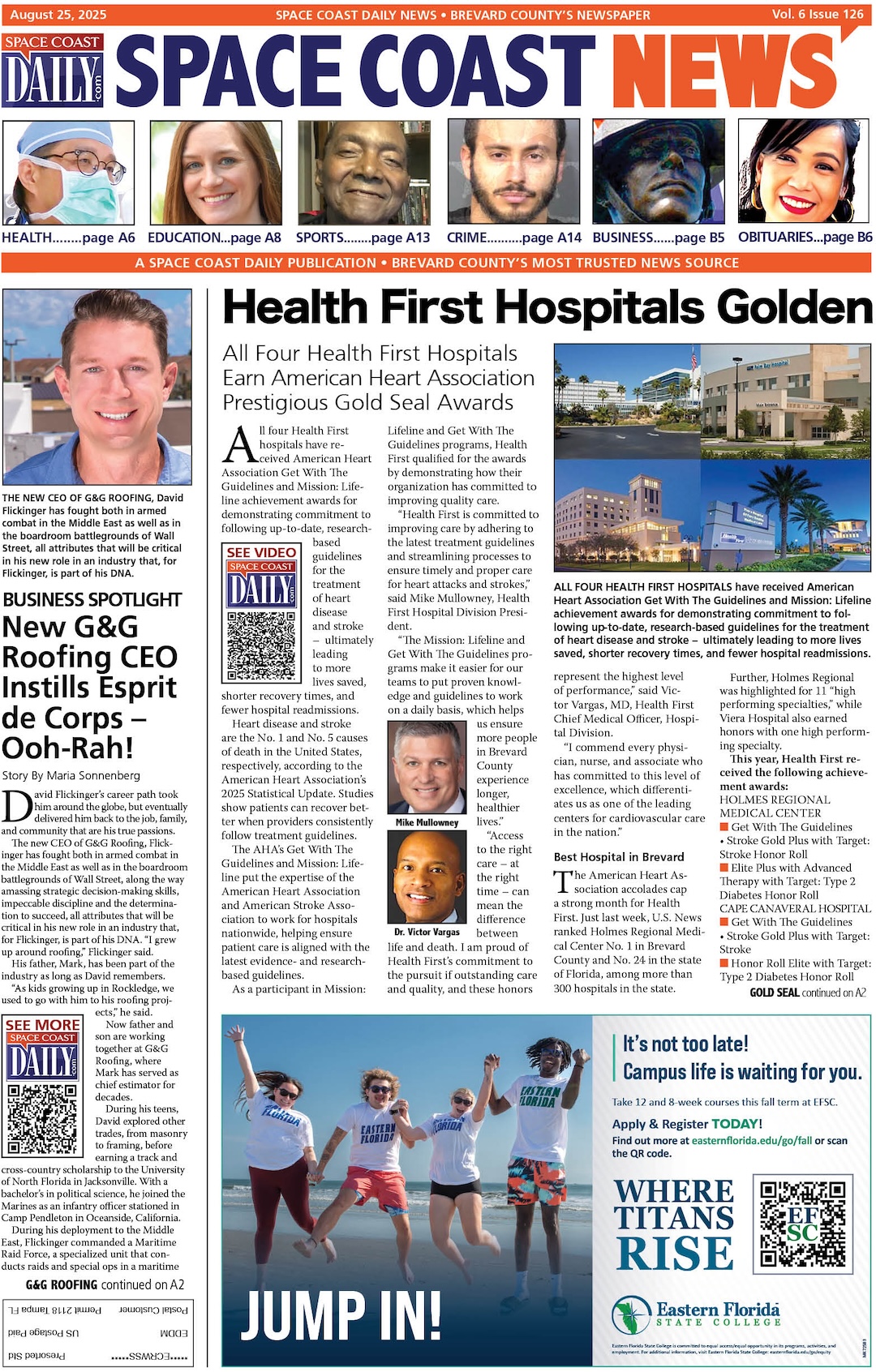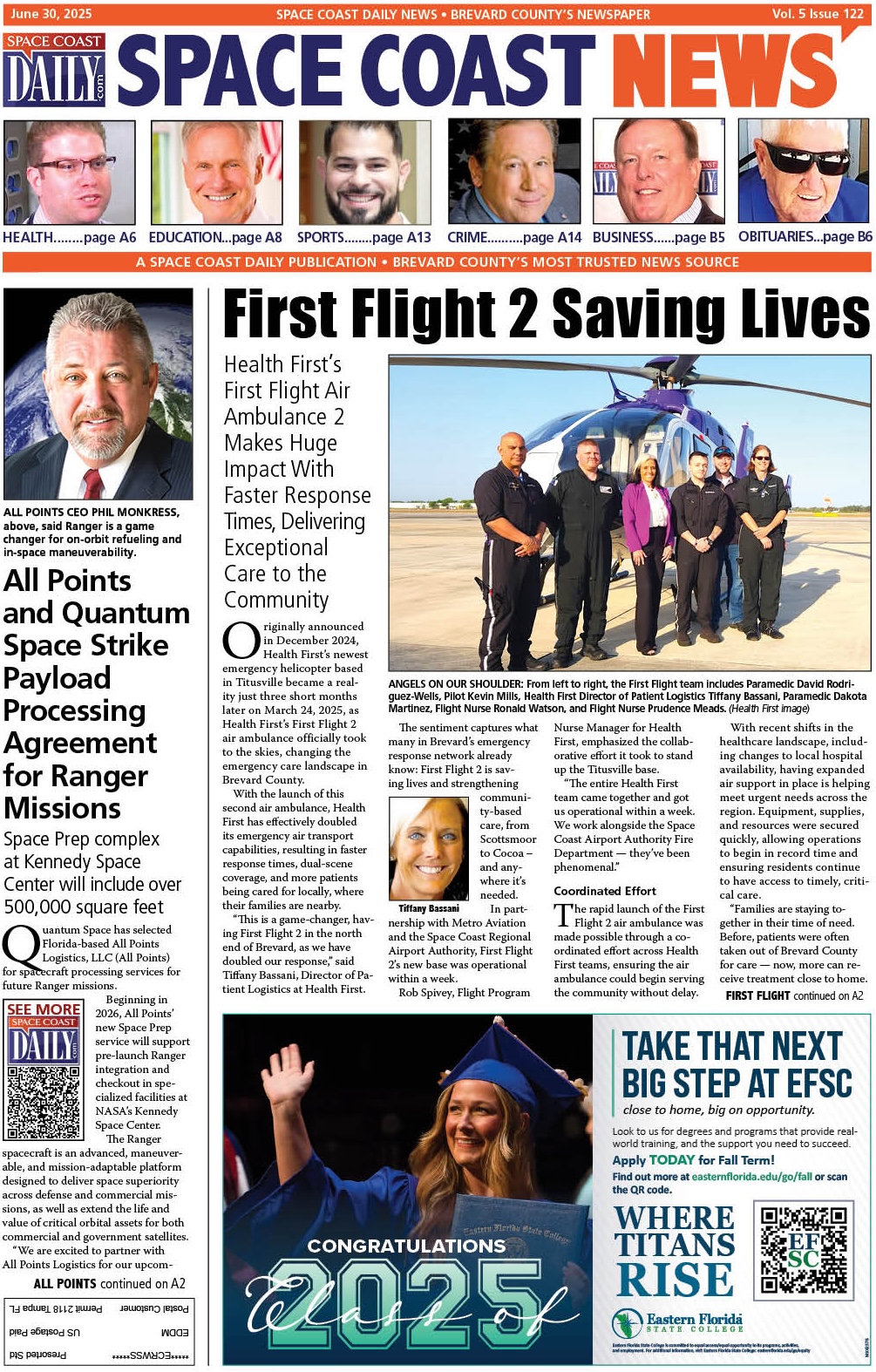Things to Know Before Moving to Reno, NV
By Space Coast Daily // August 21, 2024

Reno is one of the top-rated cities in Nevada. It is located at the base of the Sierra Nevada mountains in the northwestern part of the state. With a population of about 274,000 people, the city covers an area of approximately 111.7 square miles.
Known as “The Biggest Little City in the World,” Reno has a rich history rooted in the mining boom of the late 19th century. Today, it is a vibrant city that offers a blend of outdoor adventures, cultural events, and a bustling economy. Are you considering moving to Reno, NV? Here’s everything you need to know to make an informed decision.
Cost of Living
Reno’s cost of living is relatively affordable compared to many other U.S. cities, but it does have some variations. The cost of groceries in Reno is in line with the national average, with a typical monthly grocery bill for a single person coming in at about $350 to $400. Transportation costs are slightly above the national average due to rising gas prices and car insurance rates. On average, residents can expect to pay around $150 monthly for utilities, which is fairly standard in the region.
When comparing Reno’s cost of living to other cities in Nevada, such as Las Vegas, you’ll find that Reno is slightly more expensive. However, when compared to larger metropolitan areas like San Francisco, Reno is significantly more affordable. This balance makes it an attractive option for those looking to relocate without breaking the bank
Housing Market
The housing market in Reno has experienced significant growth over the past few years. Currently, the median home price here is approximately $530,000, reflecting a steady increase in property values. This rise in prices is driven by a combination of factors, including a growing population and a strong economy.
When it comes to renting, the average monthly rent for a one-bedroom apartment is about $1,500. Rental rates have also seen an uptick, aligning with the overall trend in the real estate market.
Despite these increases, Reno remains a popular destination due to its desirable location and lifestyle offerings. As a prospective resident, you should keep an eye on the market for any notable changes or forecasts that might influence your decision.
Safety and Crime Rates
Reno’s crime rates are generally comparable to national averages. According to recent statistics, the city’s violent crime rate is about 4.2 per 1,000 residents, slightly above the national average of 4.0.
Property crime rates are also comparable, with Reno reporting 23.5 incidents per 1,000 residents compared to the national average of 24.
While these numbers might seem concerning at first glance, it’s important to note that crime rates can vary significantly between neighborhoods. Overall, Reno is considered a safe place to live, with many communities actively working to improve security and foster a strong sense of community
Quality of Education and Schools
Reno boasts a robust education system, with a mix of public and private schools that cater to diverse student needs. The Washoe County School District serves the area and is home to several highly rated schools. Among them, Galena High School and Robert McQueen High School are notable for their academic performance and extracurricular offerings.
In addition to public schools, Reno has several private and charter schools that provide alternative education options. Higher education institutions, such as the University of Nevada, Reno, contribute to the city’s vibrant academic environment. These institutions offer a range of programs and resources, making Reno an appealing destination for families and professionals prioritizing education.
Economy, Business Environment, and Job Market
Reno’s economy is thriving, driven by a diverse mix of industries. The city has transformed from its traditional gaming and tourism roots to a hub for technology, manufacturing, and logistics. Major companies, including Tesla, Google, and Apple, have established operations in the region.
The job market in Reno is robust, with an unemployment rate of around 5%, which is lower than the national average. Key sectors driving job growth include technology, healthcare, and advanced manufacturing. This economic diversity makes Reno an attractive option for professionals seeking career advancement and business opportunities.
Healthcare and Medical Facilities
Reno offers a comprehensive healthcare infrastructure, ensuring residents have access to quality medical services. The city is home to several hospitals, including Renown Regional Medical Center and Saint Mary’s Regional Medical Center, both of which are renowned for their specialized care and state-of-the-art facilities.
In addition to hospitals, Reno has numerous clinics and healthcare providers that offer a range of services, from primary care to specialized treatments. Access to healthcare is generally good, with a variety of insurance options available to residents. The quality of medical care in Reno is comparable to larger cities, making it a reliable choice for individuals and families prioritizing health and well-being.
Weather and Climate
Reno’s climate is characterized by four distinct seasons, offering a diverse range of weather experiences. The city enjoys over 300 days of sunshine annually, with hot, dry summers and cold, snowy winters. Average summer temperatures can reach the high 80s, while winter temperatures often dip below freezing.
This climate makes Reno a haven for outdoor enthusiasts, providing opportunities for activities like skiing in the winter and hiking or biking in the summer. However, it’s important to note that Reno’s high elevation and arid environment can pose unique challenges, such as dry air and variable weather conditions. Planning and preparation can help you adjust to these factors and fully enjoy Reno’s outdoor offerings.
Entertainment, Food, and Drink Scene
Reno’s cultural and entertainment scene is vibrant and diverse. The city is famous for its lively casino culture, but it also boasts a range of non-gambling activities. Popular attractions include the National Automobile Museum, the Nevada Museum of Art, and the vibrant Riverwalk District.
Reno’s food and drink scene is equally impressive. It has a variety of dining options that reflect the city’s eclectic taste. From upscale restaurants to cozy cafes and bustling food trucks, Reno offers a culinary experience that caters to all palates. The city’s burgeoning craft beer and cocktail scene adds another layer of excitement for food and drink lovers.
Best Neighborhoods to Live
You may be asking; what area of Reno is best to live in? Here are five top neighborhoods to consider:
- Midtown: Known for its trendy vibe, Midtown offers a mix of historic homes and modern apartments. It’s a popular choice for young professionals and families who enjoy a lively atmosphere with easy access to shops, restaurants, and entertainment.
- Somersett: This master-planned community is ideal for those seeking a suburban lifestyle with amenities like golf courses, parks, and walking trails. It’s a great choice for families and retirees looking for a peaceful environment.
- Northwest Reno: Offering stunning views of the Sierra Nevada mountains, this area is perfect for nature lovers. It features a mix of housing options and is known for its excellent schools, making it appealing to families.
- Damonte Ranch: A newer development in South Reno, Damonte Ranch offers a range of housing options and is known for its family-friendly atmosphere. It boasts parks, trails, and a sense of community, making it a top choice for families.
- Old Southwest: This historic neighborhood is known for its charming homes and tree-lined streets. It’s a popular choice for those who appreciate classic architecture and a close-knit community feel.
Each neighborhoods has its unique features and appeal. So, exploring each of these areas can help determine the best fit for your lifestyle and needs.
Takeaway
Moving to Reno, NV, offers an exciting opportunity to experience a vibrant city with a growing economy, diverse culture, and stunning natural surroundings. With an affordable cost of living, a robust job market, and access to quality healthcare and education, Reno is a great choice for those looking to relocate.
So, what month is best to move to Reno? Spring and fall are ideal, thanks to mild weather that makes settling in and exploring the city easier. Spring features blooming flowers and comfortable temperatures, while fall offers beautiful foliage and crisp air. Choosing these seasons helps you avoid the summer heat and winter snow, smoothing your transition. However, it is important to consider your personal situation to help decide the best time to move.
Ready to start planning your move? Begin by researching professional movers in the area. Look for ones with positive customer reviews and competitive pricing. It’s crucial to choose a company that is both licensed and insured to protect your belongings. Book your preferred moving company well in advance, particularly if you plan to move during peak seasons like summer. Early booking not only guarantees availability but can also help you secure better rates.












